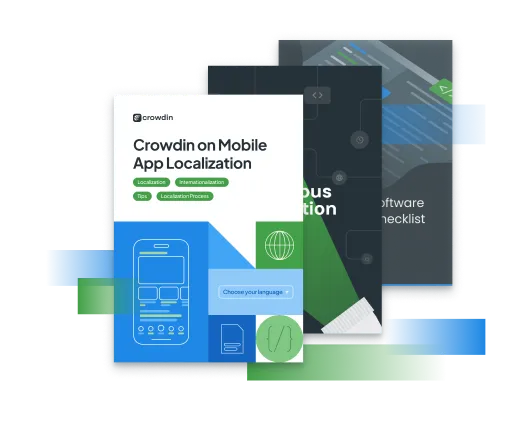Codemod, Internationalization Software, and Conquering i18n with Alex Bit & Mo Mohebifar • 5 min read
When startups dream of global expansion, they often envision the exciting possibilities of new markets and revenue streams. What they don't see is the complex web of technical challenges lurking beneath the surface of internationalization.
In a recent episode of The Agile Localization Podcast, host Stefan Huyghe sat down with Alex Bit and Mo Mohebifar, Co-founders of Codemod, to break down the challenges of i18n, the role of AI, and how automation can turn a daunting process into a manageable one.
This isn't your typical high-level, buzzword-filled conversation. Alex and Mo are engineers at heart, deeply technical, battle-tested, and obsessed with building practical tools that solve real developer pain. They come armed with years of experience at companies like Meta, Brex, and Shopify, and they've built Codemod from the ground up to make large-scale code migrations faster, smarter, and less soul-crushing.





